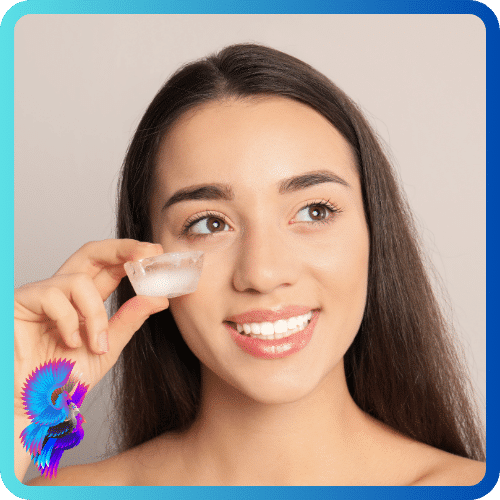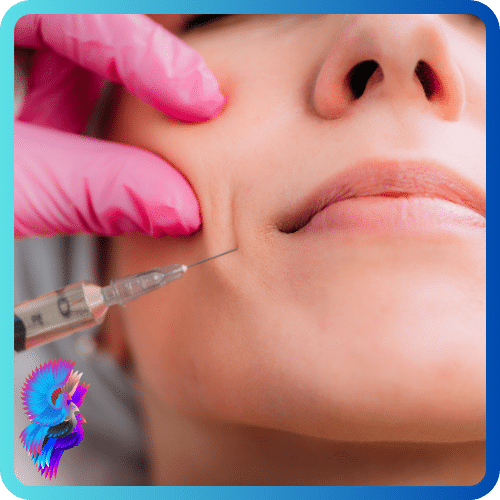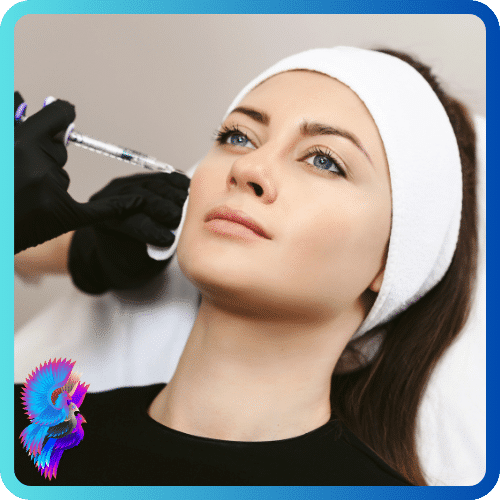Advertisements
Stretch marks are a common cosmetic concern for many people, especially women. They result from the tearing of the dermis, the skin’s middle layer, as a result of rapid growth or weight changes.

Stretch marks can appear on various parts of the body, such as the abdomen, breasts, hips, thighs, and buttocks.
They usually start as reddish or purple lines that fade to white or silver over time.
If you want to prevent stretch marks or reduce their appearance, here are some tips that can help you keep your skin smooth and supple.
Stay hydrated,
Drinking enough water is essential for your skin’s health and elasticity.
Water helps flush out toxins and keep your skin cells plump and hydrated.
Aim for at least eight glasses of water a day and avoid caffeinated and alcoholic beverages that can dehydrate you.
Eat a balanced diet,
Your diet plays a role in your skin’s quality and elasticity.
Eating foods rich in protein, vitamin C, vitamin E, zinc, and omega-3 fatty acids can help your skin produce more collagen and elastin, the proteins that give your skin its strength and flexibility.
Some examples of these foods are lean meats, eggs, nuts, seeds, citrus fruits, berries, leafy greens, and fatty fish.
Moisturize your skin,
Applying a moisturizer to your skin daily can help prevent dryness and improve its elasticity.
Choose a moisturizer that contains natural ingredients such as cocoa butter, shea butter, coconut oil, or almond oil.
These ingredients can also help fade stretch marks by nourishing and repairing the skin.
Massage your skin,
Massaging your skin with gentle circular motions can help improve blood circulation and stimulate collagen production.
You can use a moisturizer or an oil such as olive oil, jojoba oil, or rosehip oil for this purpose.
Massage your skin for about 10 minutes a day, focusing on the areas that are prone to stretch marks.
Exfoliate your skin,
Exfoliating your skin once or twice a week can help remove dead skin cells and improve its texture and appearance.
You can use a natural scrub made of sugar, honey, and lemon juice or buy a ready-made one from the store.
Be gentle when exfoliating, and avoid rubbing too hard or too often.
Avoid sun exposure,
Sun exposure can damage your skin and make stretch marks more visible by reducing its elasticity and fading its color.
If you have to go out in the sun, make sure to apply sunscreen with at least SPF 30 and wear protective clothing such as hats and sunglasses.
Try topical creams or oils,
There are many products available on the market that claim to prevent or reduce stretch marks.
Some of these products contain ingredients such as retinoids, vitamin C, peptides, hyaluronic acid, or botanical extracts that can help boost collagen production and fade stretch marks.
However, these products may not work for everyone and may have side effects such as irritation or allergic reactions.
Consult your doctor before using any of these products.
Consider medical treatments,
If you are not satisfied with the results of home remedies or topical products, you may want to consider medical treatments for stretch marks.
These treatments include laser therapy, microdermabrasion, chemical peels, micro-needling, radiofrequency therapy, ultrasound therapy, or surgery.
These treatments can help improve the appearance of stretch marks by stimulating collagen production, removing damaged skin cells, or tightening the skin.
However, these treatments are expensive, may require multiple sessions, may have risks such as scarring or infection, and may not guarantee complete removal of stretch marks.
Advertisements



























